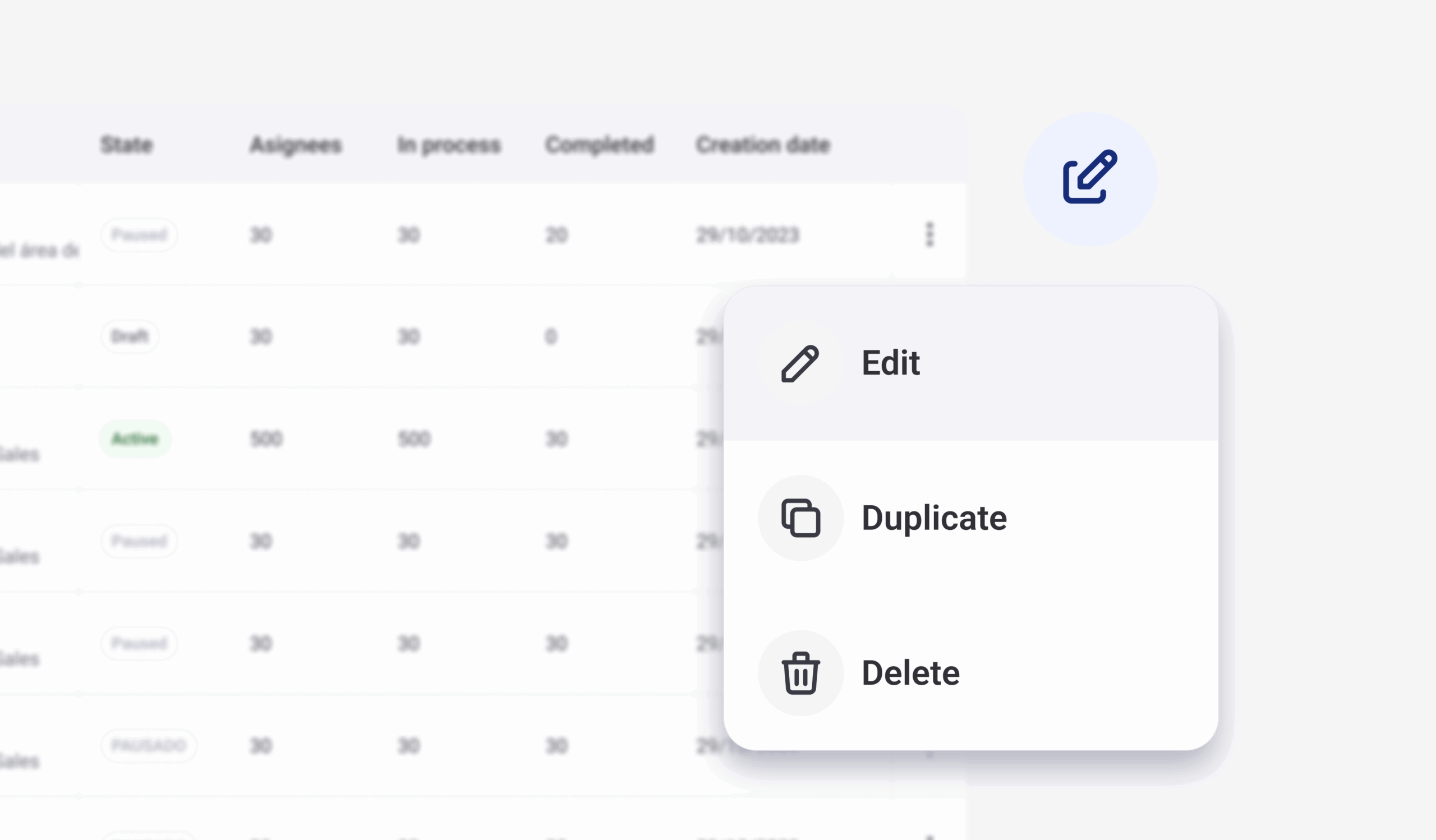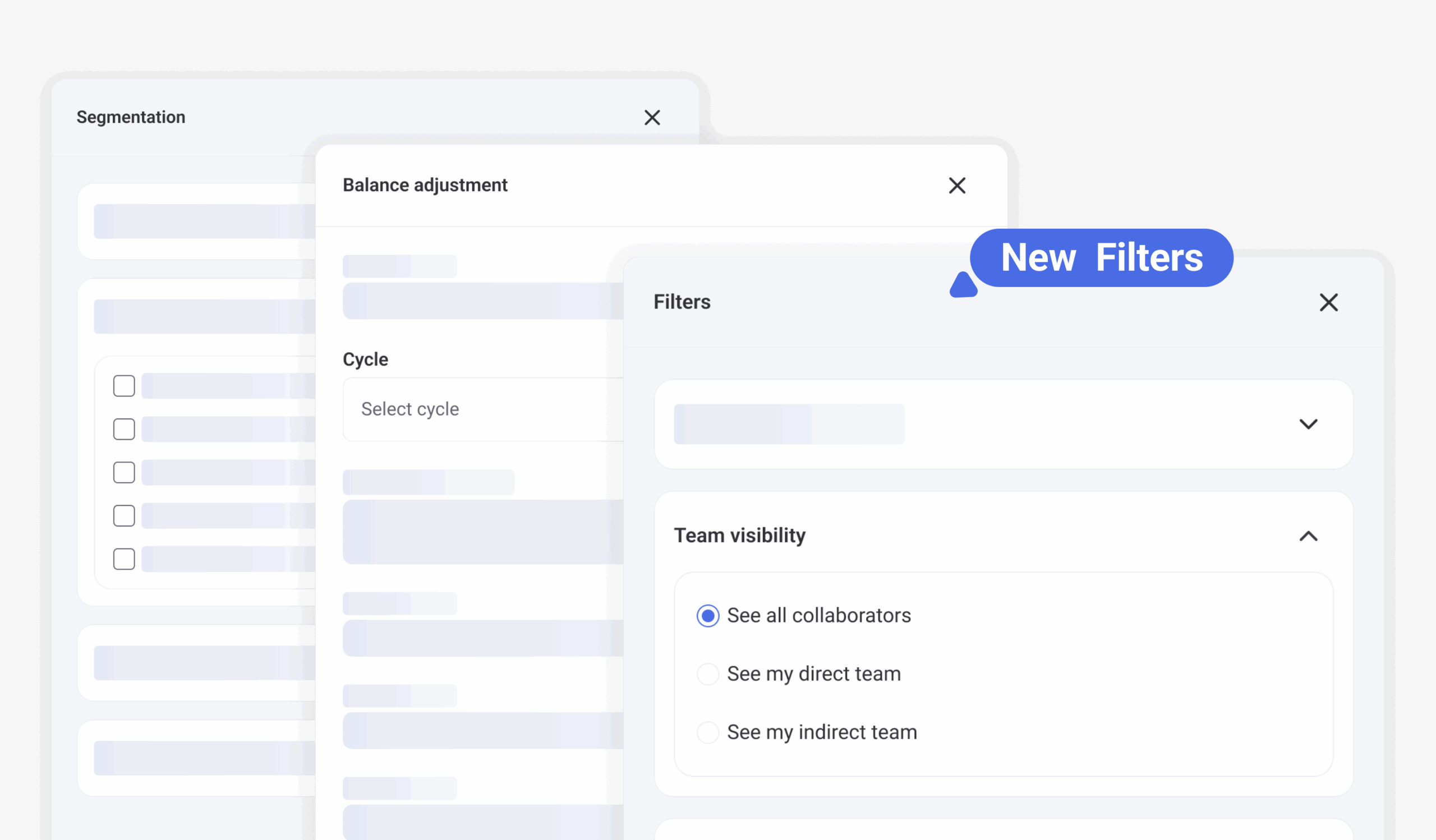Introduction: Performance Reviews—A Challenge for Many HR Professionals
Performance reviews are often seen as one of the most important, yet daunting, tasks for HR professionals. Whether you’re reviewing an employee’s yearly performance or providing feedback after a specific project, these evaluations can be overwhelming. But what if there was a way to make them more effective, constructive, and—dare we say—easier to manage?
In this article, we’re going to explore a variety of performance review examples, phrases, and tips that will help you create reviews that are not only comprehensive but also motivating. Whether you’re new to HR or a seasoned professional, this guide will equip you with the tools you need to deliver meaningful feedback that promotes employee growth and drives organizational success.
What is a Performance Review?
A performance review, also known as a performance evaluation or appraisal, is a formal assessment of an employee’s job performance over a specific period. Typically conducted annually or semi-annually, these reviews provide a structured opportunity to evaluate an employee’s achievements, strengths, areas for improvement, and overall contributions to the company.
While the process varies from one organization to another, the ultimate goal of a performance review is to give employees valuable feedback that will help them grow professionally. For HR professionals, performance reviews also play a critical role in making key decisions, such as promotions, salary adjustments, and identifying development opportunities.
At its core, a performance review should serve as a two-way conversation—providing employees with the chance to reflect on their own performance and share their thoughts and aspirations for the future. This makes the process not just an evaluation of performance, but also a valuable tool for fostering open communication within teams.
Why Are Performance Reviews Important for HR?
Performance reviews are more than just a way to measure employee performance; they’re a key tool for driving organizational growth and employee development. For HR professionals, conducting effective performance reviews can make a significant difference in how employees engage with their roles and the overall success of the business.
Here are some reasons why performance reviews are essential for HR:
- Measure employee performance: They offer a structured way to assess how well employees are meeting their objectives and contributing to the company’s success. This helps HR identify top performers and those who may need additional support or training.
- Set clear goals: Performance reviews help establish clear expectations for employees, ensuring they understand their goals and how their efforts align with the organization’s objectives. This clarity boosts productivity and alignment across teams.
- Provide constructive feedback: Regular feedback helps employees understand their strengths and areas for improvement. It also enables HR to guide employees in their career development, which can lead to increased job satisfaction and retention.
- Support compensation decisions: Many companies use performance reviews to inform salary increases, promotions, or bonuses. Having a clear, documented evaluation process ensures fairness and transparency when making these decisions.
- Foster a culture of growth: When done right, performance reviews encourage a growth mindset within the organization. Employees are motivated to improve, knowing that their contributions are being recognized, and they receive constructive feedback to grow professionally.
By making performance reviews a key part of your HR strategy, you can enhance employee performance, increase job satisfaction, and build a more engaged, motivated workforce.
Key Elements of a Successful Performance Review
A successful performance review is more than just a checklist of tasks; it’s an opportunity to engage employees in a meaningful conversation about their work, achievements, and future goals. To ensure your performance reviews are both effective and impactful, here are the key elements to focus on:
1. Clear Objectives
Before conducting a performance review, it’s important to set clear expectations. These objectives should be aligned with the company’s goals and the employee’s role within the organization. Make sure both you and the employee understand the metrics that will be used to measure success. Are you evaluating based on quality of work, meeting deadlines, or collaboration with teammates? Clear objectives ensure that the review is fair and meaningful.
2. Constructive Feedback
Feedback is the heart of a performance review. It’s important to provide a balanced view of the employee’s strengths and areas for improvement. Constructive feedback should be specific, actionable, and aimed at helping the employee improve. Instead of vague comments like “needs to improve,” provide concrete examples and suggestions on how they can enhance their performance. For example, “You met deadlines consistently, but there is room for improvement in your communication with team members. Consider checking in with them more regularly to ensure alignment.”
3. Recognition and Acknowledgement
Everyone appreciates recognition. Taking the time to acknowledge the employee’s achievements and contributions shows that you value their work. Whether it’s completing a major project or showing exceptional teamwork, praise the specific actions that made a positive impact. Recognition fosters a positive environment and encourages continued growth.
4. Development Plan
A performance review should not just reflect on past performance but also provide a roadmap for future development. Discuss the employee’s career aspirations and identify areas for growth. Create a development plan that includes concrete steps the employee can take to improve their skills, work toward their goals, and make a greater contribution to the organization.
5. Two-Way Communication
Performance reviews should be a dialogue, not a monologue. Give employees the chance to provide feedback on their role, the organization, and the review process itself. Listening to their perspectives helps HR gain valuable insights into what’s working and what could be improved within the company. It also empowers employees to take ownership of their growth.
6. Actionable Next Steps
After providing feedback and discussing goals, it’s important to agree on actionable next steps. These steps should be clear, measurable, and achievable. For example, setting a goal to improve a specific skill or collaborate more effectively with a particular team. This ensures that the performance review isn’t just an evaluation but also a guide for future success.
By focusing on these key elements, HR professionals can ensure that performance reviews are valuable tools for both the employee and the organization. A well-rounded performance review drives motivation, improves performance, and strengthens the employee-employer relationship.
Performance Review Examples for Different Situations
To help you craft meaningful and actionable feedback, here are some performance review examples for various situations. Whether you’re praising an employee for their achievements or providing guidance for improvement, these examples can guide you through the process.
1. Employee Performance Review Examples Phrases
- Positive Performance Review Phrases:
- “You consistently meet deadlines and deliver high-quality work. Your attention to detail is impressive.”
- “You’ve taken on leadership responsibilities and have successfully managed your team to achieve project goals.”
- “Your innovative approach to problem-solving has brought new solutions to the table, positively impacting the team.”
- Performance Review Phrases for Areas of Improvement:
- “There have been a few missed deadlines. Let’s work together on a strategy to manage time more effectively.”
- “You’ve shown great effort, but there’s room to improve your communication with team members to ensure everyone is aligned.”
- “While you’ve made progress, I encourage you to focus on improving the accuracy of your reports in the next quarter.”
2. Positive Performance Review Phrases
- “Your positive attitude and willingness to take on new challenges have been a great asset to the team.”
- “You consistently contribute to the team’s success with your creativity and ability to find innovative solutions.”
- “Your dedication to improving your skills and performance is commendable, and it’s evident in the results you produce.”
3. Performance Review Phrases for Areas of Improvement
- “To further your growth, it would be helpful to focus on improving your time management skills. Setting clear priorities can help reduce stress and improve output.”
- “You have made significant progress in your role, but there are still opportunities to enhance your collaboration with other departments. I recommend working on building stronger cross-functional relationships.”
- “While your individual contributions are strong, focusing on team goals will help foster better collaboration and support our overall objectives.”
These employee performance review phrases are designed to provide constructive feedback that helps employees understand what they’re doing well and where they can improve. When delivering this feedback, it’s important to be specific and offer examples, so employees can clearly see where to focus their efforts.
How to Structure a Performance Review
A well-structured performance review ensures that feedback is clear, focused, and actionable. Here’s a step-by-step guide to help HR professionals organize their reviews for maximum impact.
1. Start with a Self-Assessment
Before the performance review meeting, ask employees to complete a self-assessment. This allows them to reflect on their own performance, highlight their achievements, and identify areas they believe they could improve. This step sets the tone for an open conversation during the review.
2. Review Past Goals and Objectives
Look back at the goals set during the previous performance review (or during the period being evaluated). Discuss what goals have been achieved, which ones are still in progress, and which ones may not have been met. Provide context for why certain goals were achieved or missed and focus on learning from these experiences.
3. Provide Feedback (Both Positive and Constructive)
Now, offer feedback on the employee’s performance in various areas, such as:
- Job-specific skills: How well has the employee executed tasks related to their role?
- Soft skills: Evaluate their teamwork, communication, and adaptability.
- Overall contributions: How well have they contributed to the company’s goals or team success?
Be sure to include both positive feedback and areas for improvement, balancing the conversation to keep the employee motivated.
4. Set New Goals and Development Plans
Performance reviews should be forward-looking. After discussing past performance, work with the employee to set new, measurable goals for the upcoming period. Make sure these goals align with both the employee’s career aspirations and the company’s objectives.
Additionally, develop a personalized development plan that includes skills or behaviors the employee wants to improve. This plan should be specific, with action steps that both you and the employee can follow to track progress.
5. Two-Way Conversation
Encourage the employee to ask questions, share their perspective, and offer feedback on their experience. This is an opportunity for employees to discuss challenges they’ve faced, request additional resources, or express concerns that might not have been covered in the review.
6. Close with a Positive Note
End the performance review on a positive note, reaffirming your confidence in the employee’s abilities and their potential for growth. A strong conclusion helps reinforce their value to the company and leaves them feeling motivated.
This structure not only ensures a balanced and thorough performance review but also creates an environment for growth and collaboration. By making the review a conversation, you engage employees in their development and align them with company goals.
Tips for Writing Effective Performance Review Phrases
Writing clear, concise, and constructive performance review phrases is crucial for delivering feedback that employees can understand and act upon. Below are some tips to help you craft impactful feedback that resonates.
1. Be Specific
General feedback like “Great job” or “Needs improvement” doesn’t provide employees with the clarity they need. Instead, use specific examples to illustrate your points. For example, instead of saying “You’re a great team player,” you could say, “You consistently collaborate with your team to meet deadlines, and your willingness to assist colleagues has contributed significantly to the success of the recent project.”
2. Focus on Behavior, Not Personality
Feedback should focus on the employee’s actions, not their personality traits. For example, rather than saying “You’re disorganized,” it’s more constructive to say, “There have been instances where missed deadlines or incomplete tasks have impacted the team. Let’s discuss strategies for staying on track moving forward.”
3. Keep It Balanced
Performance reviews should highlight both strengths and areas for growth. Providing only positive or only critical feedback can leave employees feeling either unchallenged or demotivated. A balance of both ensures that the employee is aware of where they excel and where they can improve. For instance, “You’ve shown excellent communication skills in client meetings, and improving your attention to detail on reports will help you deliver even better results.”
4. Use Action-Oriented Language
Make your feedback actionable by using language that encourages improvement and growth. Instead of saying “Needs to work harder,” say “Focus on improving time management by setting clear daily priorities to meet project deadlines more effectively.”
5. Be Empathetic
Performance reviews can sometimes be a bit intimidating, especially when discussing areas for improvement. It’s important to be empathetic and considerate when providing feedback. Use a supportive tone, and frame constructive criticism in a way that empowers employees to take action rather than feeling discouraged. For example, “I know you’ve been juggling multiple tasks, but focusing on prioritization will help you perform even better.”
6. Avoid Overloading with Feedback
While it’s important to cover all areas of performance, too much feedback can overwhelm employees. Stick to the most relevant points and focus on areas where the employee can make the most significant improvements. Prioritize feedback that aligns with the employee’s role and career development goals.
These tips can help you write performance review phrases that are clear, effective, and supportive. By focusing on specific behaviors and being empathetic, you can create a review process that encourages growth and engagement.
How to Improve Your Performance Review Process
Now that we’ve explored performance review examples and best practices, it’s important to discuss how you can improve your performance review process. Consistently refining this process helps ensure that the feedback provided is not only relevant but also constructive, empowering employees to grow and thrive within your organization.
1. Make Reviews More Frequent
While annual or semi-annual reviews are common, consider implementing more frequent feedback sessions. Quarterly or even monthly reviews can help keep employees on track, allowing for timely recognition of achievements and identification of any challenges. More frequent feedback ensures that employees are continuously improving and not waiting until their annual review to understand their performance.
2. Focus on Continuous Feedback
Incorporating a continuous feedback model can complement formal reviews. This can be achieved through regular one-on-one meetings with managers or peers. With ongoing feedback, employees can make adjustments to their performance more quickly, which helps avoid surprises during the formal review.
3. Incorporate 360-Degree Feedback
360-degree feedback involves gathering feedback from a variety of sources—managers, peers, direct reports, and even customers. This method provides a more well-rounded view of the employee’s performance, helping HR professionals offer more accurate and holistic feedback. It can also highlight areas of improvement that may not be visible to a direct manager.
4. Make Use of Technology
Digital tools and platforms, like Humand, can streamline the performance review process. Platforms that centralize feedback, goal tracking, and employee performance data can make the entire process more efficient. Additionally, these tools allow for real-time feedback and easy access to past performance data, which can enhance the review process. If you haven’t yet explored how technology can optimize your HR processes, check out Humand’s Pay for Performance platform for more insights.
5. Align Reviews with Company Culture and Values
Performance reviews should reflect the values and culture of your organization. If your company prioritizes innovation, for instance, consider including specific questions or sections in the review that measure an employee’s creativity and contribution to new ideas. Aligning reviews with your company’s mission and values ensures that the feedback is not only relevant but also supports your larger organizational goals.
6. Train Managers and HR Professionals
Managers and HR professionals play a critical role in delivering effective performance reviews. It’s essential that they are trained in providing constructive feedback, handling sensitive conversations, and using performance review tools effectively. Regular training ensures that everyone involved in the process is prepared to give feedback that drives growth and aligns with organizational goals.
By continuously refining your performance review process, you can ensure that it remains an effective tool for employee development and business growth. The key to success lies in creating an environment where feedback is clear, actionable, and aligned with your company’s values and goals.
Discover Humand’s Performance Review Module here:
Conclusion
Performance reviews are one of the most valuable tools in an HR professional’s arsenal. By using the right phrases, structuring reviews thoughtfully, and embracing continuous feedback, you can create a positive review process that boosts employee morale and drives business success. Remember, a great performance review is not just about evaluating the past—it’s about shaping the future.
For more on how to optimize performance in your organization, check out this Ultimate Guide to Performance Review Phrases.






